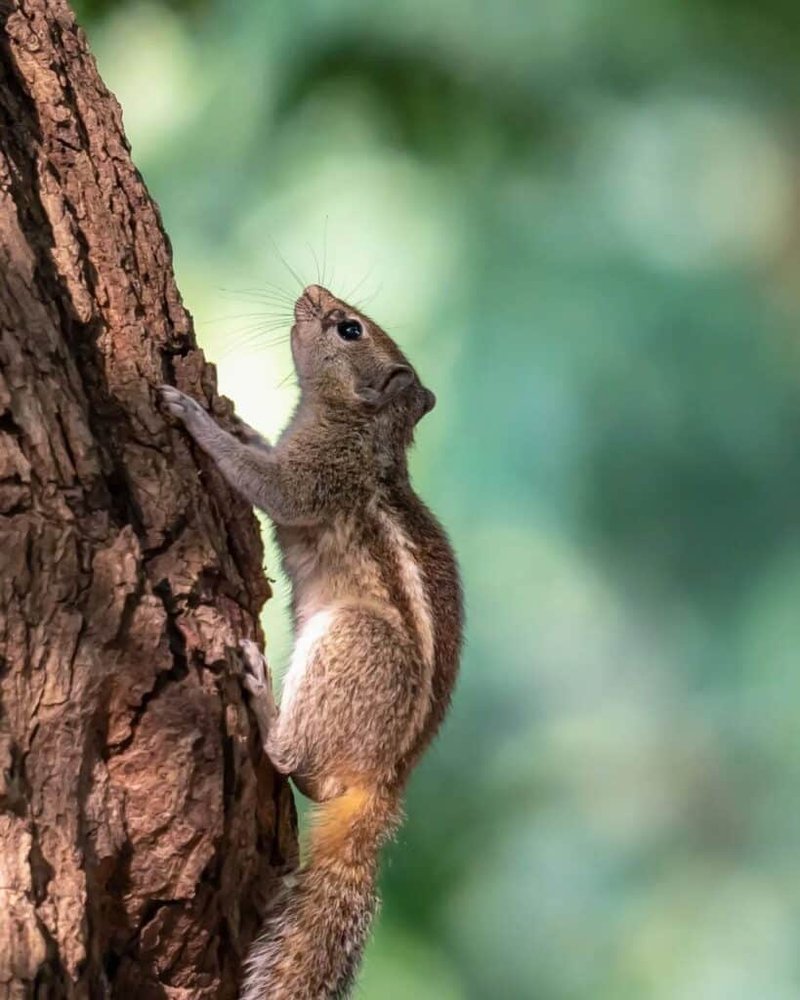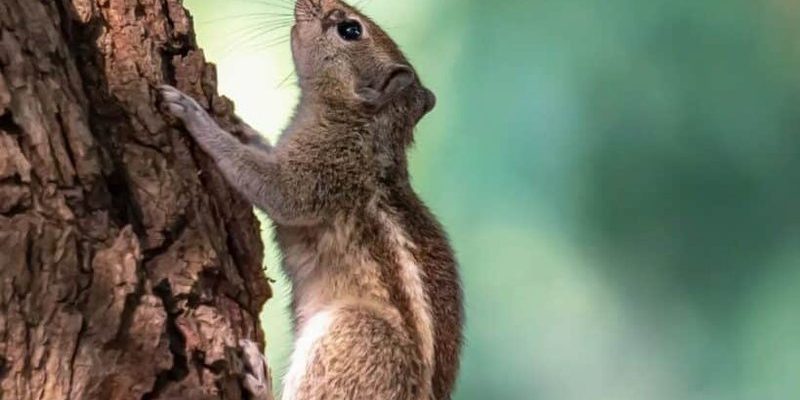
The answer isn’t a simple “yes” or “no.” While some tree squirrel species face threats that put them at risk, others seem to thrive in urban areas. It’s a bit like a mixed bag of nuts—it’s all about which kind you pick. Factors like habitat loss, climate change, and human activity impact different species in varying ways. Let’s break it down and see how we can help these furry friends.
The Diversity of Tree Squirrels
Tree squirrels are a diverse group, with more than 50 species scattered around the world. Some of the most recognizable types include the Eastern gray squirrel, the Red squirrel, and the Fox squirrel. Each of these has adapted to its environment in unique ways. For example, the Eastern gray squirrel is often found in urban parks where it thrives on human-created habitats, while the Red squirrel prefers coniferous forests.
These little critters vary in size, color, and behavior. Imagine a vibrant bushy-tailed Eastern gray squirrel hopping about in a city park, while a shy Red squirrel cautiously peers from behind a pine tree. Their adaptability is impressive, but it also raises questions about their vulnerability. Different habitats lead to different conservation needs, which we’ll explore next.
Habitat Loss: A Major Threat
One of the biggest challenges facing tree squirrels is habitat loss. As cities expand and forests are cleared for agriculture, these animals lose their homes. It’s like taking away the playground from children; they have nowhere to go. Deforestation not only reduces the available living space for squirrels but also diminishes their food sources, resulting in population declines.
Urban development may seem like a boon for some squirrels, but it often brings its own troubles. Roads, buildings, and other barriers can isolate squirrel populations, making it hard for them to find mates or food. You might be wondering, “What can we do about this?” Well, community efforts such as tree planting, conserving green spaces, and promoting wildlife corridors can make a real difference.
Climate Change and Its Impact
Climate change is another game-changer for tree squirrels. As temperatures rise and weather patterns shift, the ecosystems they depend on are altered. The times when food is available and the types of plants that thrive can all change, creating a ripple effect. For instance, if warmer winters lead to an earlier spring, squirrels might find themselves missing the peak of tree seed availability.
Additionally, extreme weather events—like heavy storms or droughts—can directly impact squirrel populations. Imagine a storm that knocks down trees laden with acorns—the squirrels would have a tough time foraging. Protecting our environment and addressing climate change are essential steps in ensuring tree squirrels can adapt and survive.
Human Interaction: The Double-Edged Sword
Humans can be both allies and adversaries to tree squirrels. On one hand, our parks and gardens provide sanctuary for many species, letting them thrive in urban settings. On the other hand, irresponsible behaviors—like feeding squirrels junk food or allowing pets to chase them—can lead to health issues and dangerous situations.
In some areas, squirrels are viewed as pests, which can lead to culling or other harmful practices. This is a critical point to ponder: how can we appreciate these animals without disrupting their lives? Encouraging responsible wildlife interactions and understanding their ecological roles can help improve our relationships with them.
Conservation Efforts: What’s Being Done?
Various organizations and researchers are working hard to protect tree squirrels and their habitats. Conservation efforts often focus on restoring habitats, enhancing food availability, and creating awareness about the importance of biodiversity. National parks and wildlife reserves play a significant role in providing safe havens for these creatures.
Moreover, citizen science projects allow everyday people to contribute valuable data about squirrel populations. Reporting sightings or behavior can help scientists understand trends and changes over time. It’s amazing how every individual effort counts. Every small action contributes to a larger goal of conservation.
What You Can Do to Help
So, how can you get involved? Here are a few simple actions you can take:
- Plant native trees and shrubs: These provide food and shelter for squirrels and other wildlife.
- Create a wildlife-friendly garden: Avoid pesticides and let some areas grow wild.
- Support local conservation groups: Volunteering or donating can make a big difference.
- Spread awareness: Educate friends and family about the importance of squirrels in our ecosystem.
By taking these steps, you contribute to protecting tree squirrels and promoting biodiversity in your area.
In Conclusion: The Future for Tree Squirrels
Is the tree squirrel endangered? The answer is nuanced and depends on the species and location. While some face significant threats, others adapt and thrive. By understanding the challenges these animals face and collaborating on conservation efforts, we can help protect them for future generations.
Tree squirrels remind us of the interconnectedness of life. Their survival reflects the health of our ecosystems and our responsibilities as stewards of the environment. So, the next time you spot a squirrel bounding through the trees or digging in the dirt, take a moment to appreciate its place in our world and consider how you can contribute to its ongoing story.

